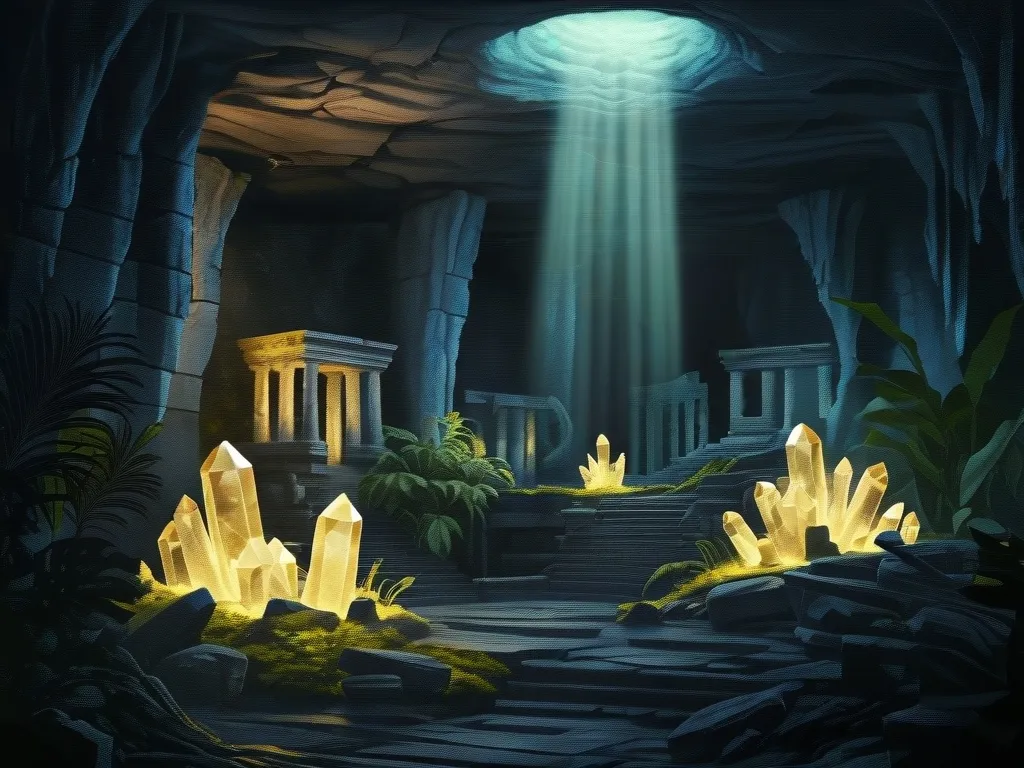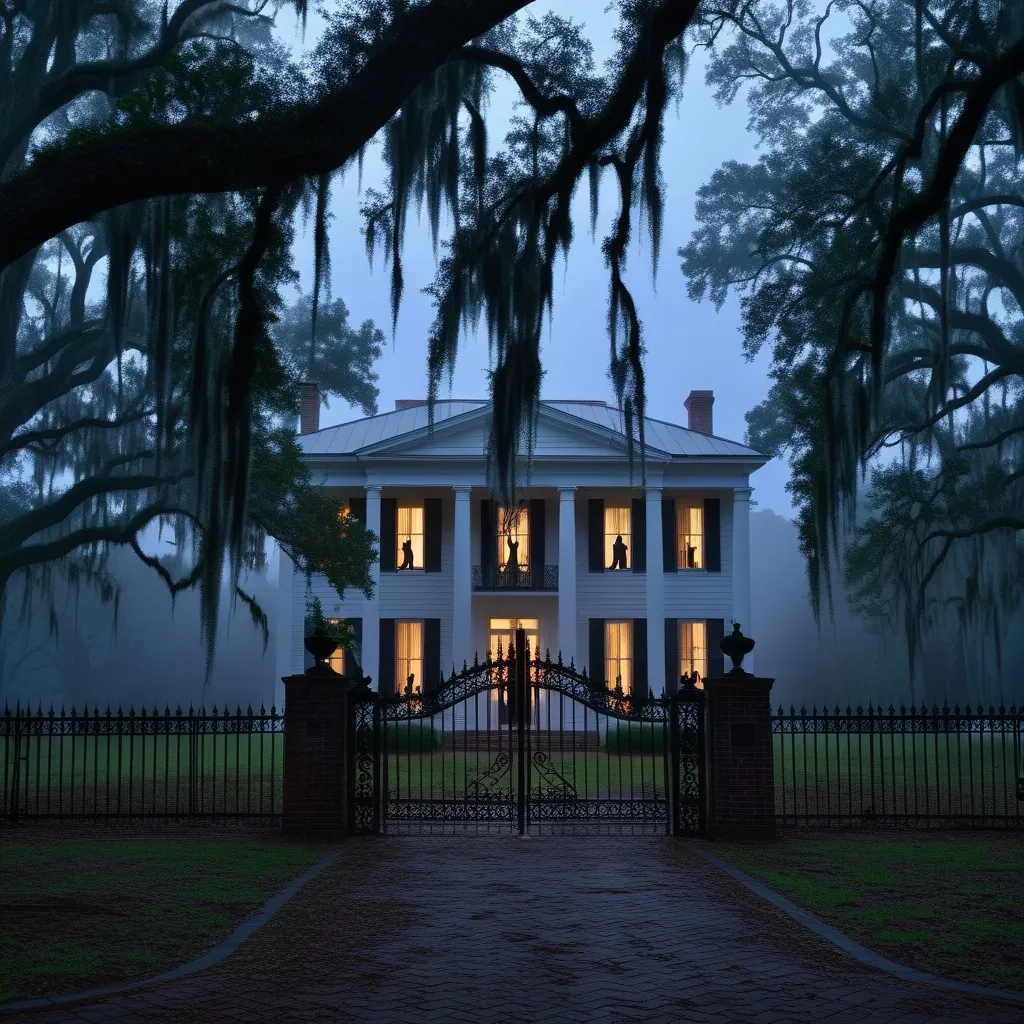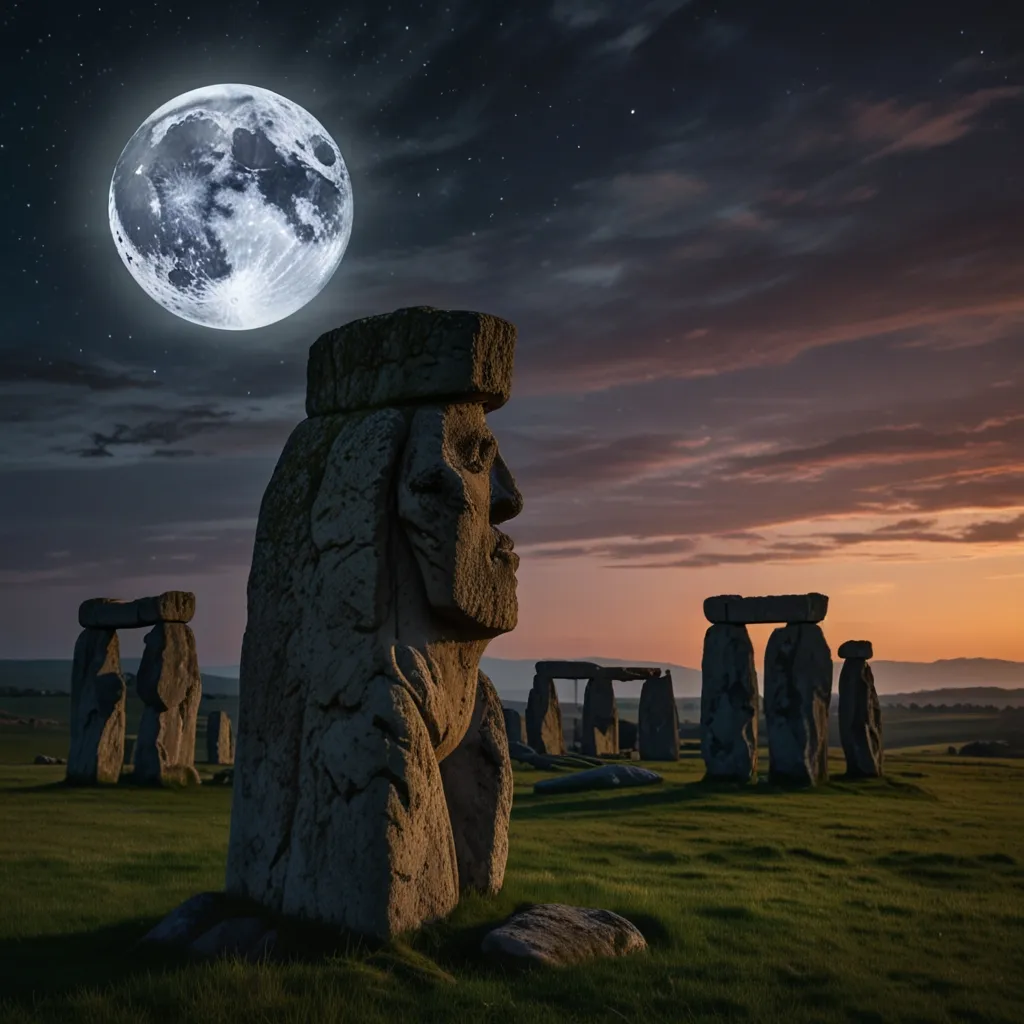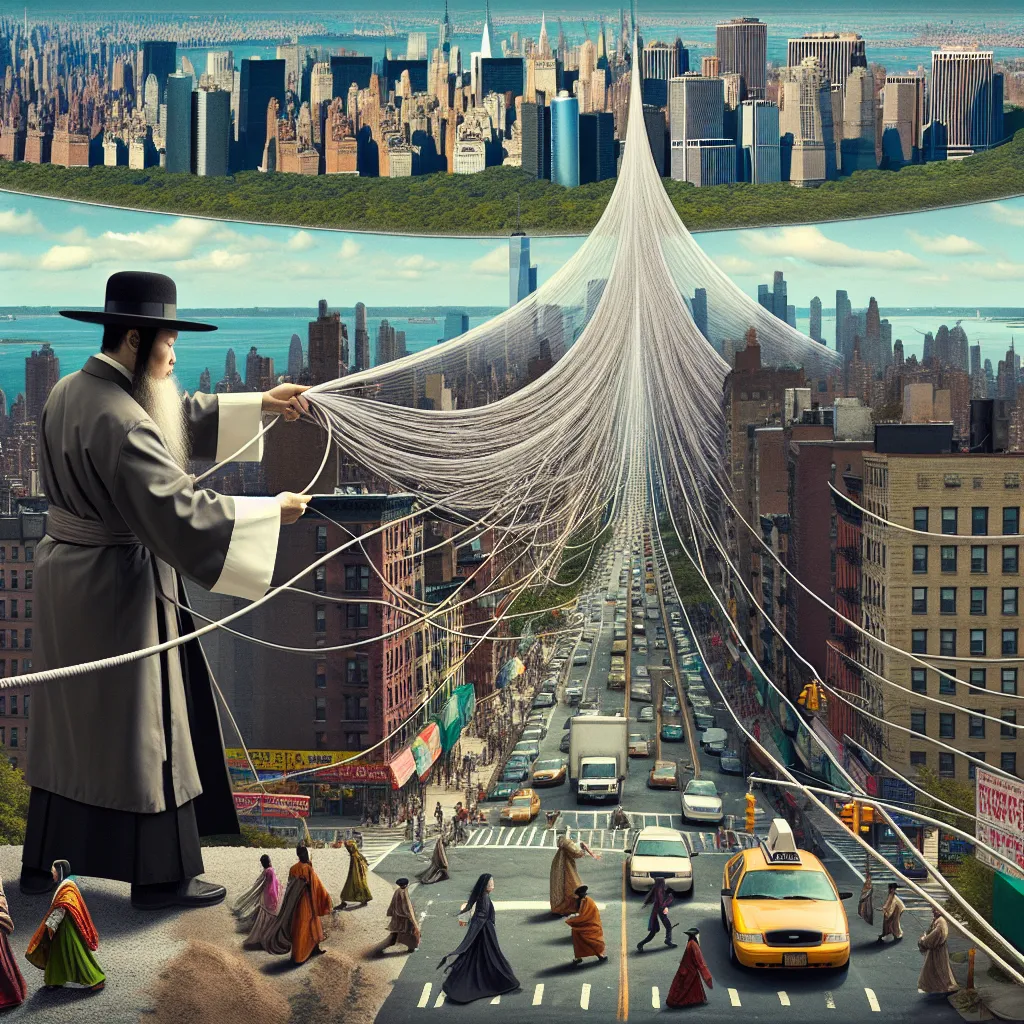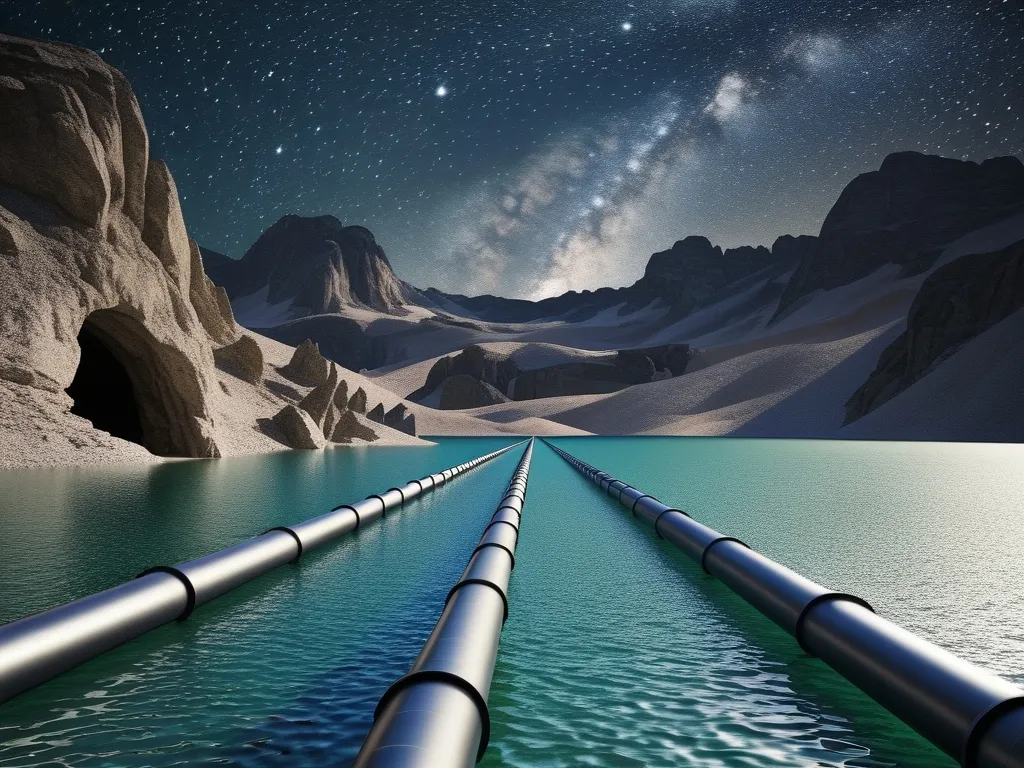The Hollow Earth theory has captivated imaginations for centuries, blending ancient legends, scientific speculation, and modern conspiracies. It’s a fascinating concept that suggests our planet isn’t a solid sphere, but a hollow shell possibly harboring hidden civilizations.
This idea isn’t new. Ancient cultures from Greeks to Thracians spoke of underground realms and mystical beings living beneath the Earth’s surface. These tales, often dismissed as myths, still spark our curiosity about what might lie beneath our feet.
The scientific roots of the Hollow Earth theory can be traced back to the 1690s when English astronomer Edmond Halley proposed that Earth consisted of nested, spherical shells. This idea was later expanded by American John Cleves Symmes, who believed these spheres could be accessed through polar openings. Symmes was so convinced, he even planned an expedition to find these entrances.
Fast forward to the 20th century, and the theory gets even more intriguing. Admiral Richard Byrd, a respected explorer, led expeditions to both poles and left behind a diary describing an extraordinary experience during his 1947 North Pole expedition. According to Byrd, he flew over lush green valleys and encountered advanced flying vehicles that escorted him to a hidden city within the Earth. There, he supposedly met with the ruler of an advanced civilization who shared a message of peace and warned about humanity’s destructive path.
Byrd’s account, while often questioned, remains one of the most compelling stories associated with the Hollow Earth theory. As a decorated officer and meticulous record-keeper, his claims carry a certain weight, even if they seem fantastical.
But it’s not just personal accounts that fuel this theory. Some scientists argue that traditional methods of measuring Earth’s mass might be flawed, suggesting the possibility of a less dense, hollow interior. Seismic wave anomalies have also raised questions, as the way these waves travel through the Earth could potentially be explained by large caverns or inner oceans.
The restricted access to the North and South Poles has also contributed to speculation. While satellite images show these areas and tourists can visit, occasional anomalies in these images have sparked conspiracy theories. Some claim that satellite images often skip or blur the poles, interpreting this as an attempt to hide something.
However, mainstream science has a more straightforward explanation. The Earth’s density is greater than that of its rocky crust, ruling out the possibility of a hollow interior. The pressures and temperatures inside the Earth’s mantle and core are so extreme that life as we know it would be impossible there.
Despite scientific evidence against it, the Hollow Earth theory continues to fascinate. It’s a testament to human curiosity and our desire to explore the unknown. Across cultures, stories of underground realms aren’t just mythology but have been speculated upon by respected scientists and mathematicians.
In Buddhism, for example, there are tales of Agartha, an inner world inhabited by an advanced race with futuristic technology. Similar stories can be found in Viking legends and even in the folklore of Native American tribes.
The allure of the Hollow Earth theory extends into science fiction and conspiracy theories too. The “Shaver Mystery,” a series of stories from the 1940s, described a prehistoric race that built a honeycomb of caves in the Earth, with their degenerate descendants still living there and tormenting those on the surface.
More recently, the theory has been linked to various other conspiracies, including claims of aliens, Vikings, and even Nazis living inside the Earth. These stories, while often outlandish, reflect our deep-seated desire to uncover secrets and explore the unexplained.
The Hollow Earth theory is more than just a scientific hypothesis; it’s a cultural phenomenon that taps into our imagination and curiosity. Whether or not there’s any truth to it, the theory reminds us of the vastness of the unknown and the importance of keeping an open mind when considering the mysteries that surround us.
It’s fascinating to consider how this theory has evolved over time. From ancient myths to scientific speculation, and now modern-day conspiracies, the idea of a hollow Earth has taken on many forms. It’s a testament to our enduring fascination with the mysteries of our planet.
Think about it - we’ve explored the highest mountains and the deepest oceans, yet there’s still so much we don’t know about what lies beneath our feet. The Earth’s core remains one of the least understood parts of our planet. While modern science tells us it’s a solid inner core surrounded by a liquid outer core, the fact that we can’t directly observe it leaves room for imagination to run wild.
The Hollow Earth theory also taps into our love for hidden worlds and lost civilizations. It’s the same fascination that drives our interest in places like Atlantis or El Dorado. There’s something inherently exciting about the idea that an entire world could exist right under our noses, unknown and unexplored.
In a way, the persistence of this theory reflects our relationship with the unknown. As humans, we’re driven to explore and understand our world. When faced with mysteries, we often fill in the gaps with our imagination. The Hollow Earth theory is a perfect example of this - it takes the unknown quantity of the Earth’s interior and populates it with fantastical ideas.
It’s also worth considering how the Hollow Earth theory has influenced popular culture. From Jules Verne’s “Journey to the Center of the Earth” to modern movies and TV shows, the idea of a world within our world has been a rich source of inspiration for storytellers. These stories, in turn, keep the concept alive in our collective imagination.
The theory has even inspired real-world expeditions. In the 1800s, several attempts were made to find entrances to the hollow Earth at the poles. While these expeditions didn’t find what they were looking for, they did contribute to our understanding of polar regions.
Today, the Hollow Earth theory lives on primarily in the realm of conspiracy theories and fringe beliefs. Websites and forums are dedicated to discussing supposed evidence and sharing personal experiences. While these claims are largely dismissed by the scientific community, they showcase the theory’s enduring appeal.
It’s important to approach these ideas with critical thinking. While it’s fun to imagine fantastic underground worlds, we shouldn’t let these beliefs overshadow the real wonders of our planet. The Earth’s actual structure - with its molten core, shifting tectonic plates, and complex ecosystems - is arguably more fascinating than any hollow Earth fantasy.
That said, there’s value in keeping an open mind. Throughout history, many ideas that were once considered outlandish have later been proven true. While a hollow Earth seems highly unlikely given our current understanding of physics and geology, who knows what discoveries the future might hold?
In the end, the Hollow Earth theory serves as a reminder of the power of human imagination. It shows how we can take a simple question - “What’s inside our planet?” - and spin it into elaborate theories and captivating stories. Whether you see it as an interesting piece of pseudoscience or a harmful conspiracy theory, there’s no denying its impact on our culture.
As we continue to explore and understand our world, it’s likely that new mysteries will replace old ones. Perhaps one day, we’ll have a complete understanding of Earth’s interior, and the Hollow Earth theory will fade into history. Until then, it remains a fascinating example of how we grapple with the unknown, blending science, mythology, and imagination in our quest to understand our world.
So the next time you look at a globe or feel the ground beneath your feet, take a moment to marvel at the complex reality of our planet - and maybe, just maybe, let your mind wander to what fantastic possibilities might lie beneath the surface. After all, in the words of Shakespeare, “There are more things in heaven and earth, Horatio, than are dreamt of in your philosophy.”
